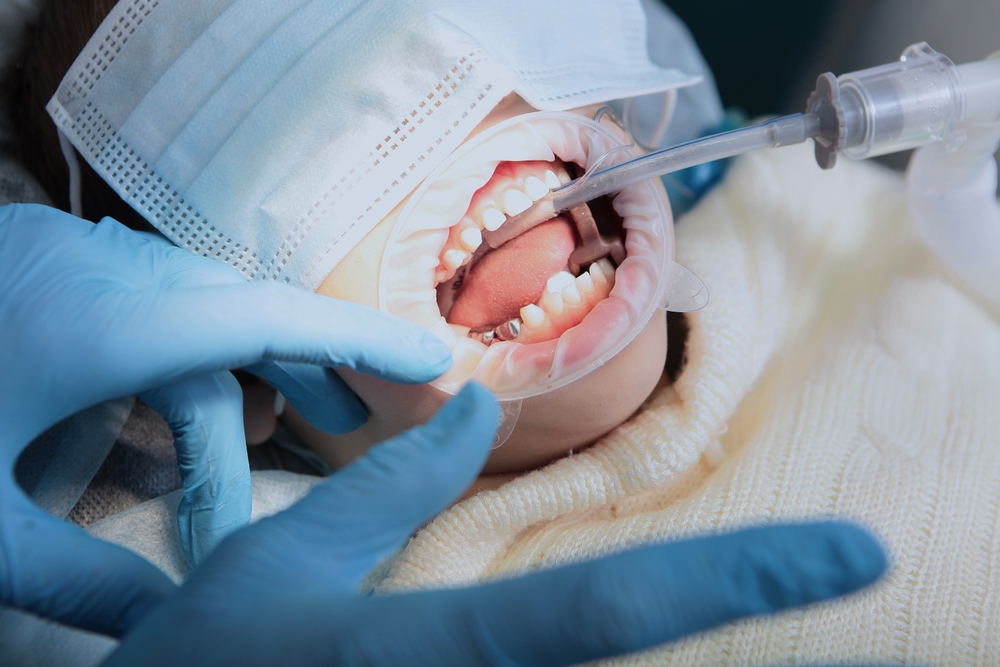Yes, while dental crowns serve to protect damaged teeth, some patients will experience pain after the procedure.
Dental crowns in Saskatoon are a very common way to treat teeth that have large fillings or fractures, or have had a root canal.
Most of the time, the crown will protect the tooth, and it may help restore strength and function, but if you do notice some pain, that could be related to an issue that needs to be looked at.
Why Do Teeth Hurt After a Crown?
Some patients experience sensitivity or pressure on the tooth after a crown has been placed. There are many reasons why a patient can experience pain, including:
- Nerve sensitivity if the pulp of the tooth had some form of irritation during the procedure
- High bite if the crown is a smidge taller than the surrounding teeth
- Decay under the crown may be due to bacteria that entered the tooth before or after the crown was placed
If pain persists, visiting a dentist in Saskatoon can help diagnose and treat the problem early.
What Is Tooth Pain Under a Crown?
Tooth pain under a crown is pain that comes from the tooth that the crown covers. It might feel like:
- Sharp sensitivity to hot or cold foods
- Dull ache while chewing
- Constant throbbing pain
Common causes include:
- Cracked tooth under the crown
- Infection in the root or pulp
- Loose crown or poor fit
In severe cases, a root canal or crown replacement may be needed.
How to Relieve Tooth Pain Under a Crown
If you have discomfort, there are both short-term and long-term solutions.
For short-term relief, you could:
- You can take over-the-counter pain relief from acetaminophen or ibuprofen
- Rinse with warm saltwater to help reduce inflammation
- Eating hard foods on the crowned tooth can be avoided
- Use a desensitizing toothpaste
Long-term solutions (with professional help):
- Adjusting the crown’s bite
- Treating underlying decay or infection
- Performing a root canal if the nerve is damaged
- Replacing the crown with a better fit
Knowing how to relieve tooth pain under a crown can make you more comfortable until you see your dentist.
Temporary vs. Persistent Pain After a Crown
| Type of Pain | Possible Cause | What to Do |
| Mild sensitivity (1–2 weeks) | Nerve irritation or new crown adjustment | Usually improves on its own |
| Pain when chewing | High bite or cracked tooth | See a dentist for an adjustment |
| Throbbing, constant pain | Infection under the crown | May need a root canal or replacement |
| Gum tenderness | Irritation around crown edges | Improve oral hygiene, and see a dentist. |
It is important to help a patient understand if their discomfort is simply the ordinary process of healing or if it is a significant red flag.
Wrapping Up!
Dental crowns are an effective way to fix broken teeth. However, pain requires attention. Sensitivity is normal, but long-term or severe pain could mean decay, infection, or crown failure.
If you are experiencing problems with a crown, Brighton Dental in Saskatoon is here to help restore comfort and protect your smile.
FAQs
1. How long should pain last after a crown?
Mild sensitivity can last up to 2 weeks. Ongoing or worsening pain needs dental attention.
2. Can a crown get infected?
Yes. If bacteria enter under the crown, it can cause infection and pain.
3. Do crowns need root canals?
Not always. Root canals are only necessary if the pulp is infected or severely damaged.
4. What if my crown feels loose?
A loose crown can cause pain and should be checked immediately to prevent decay.
5. Can I prevent pain after getting a crown?
Yes. Good hygiene in the mouth, a dental visit every six months, and preventative measures can help solve most of the problems in dentistry.

